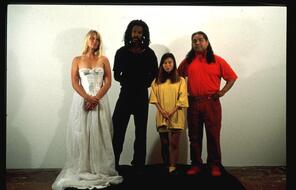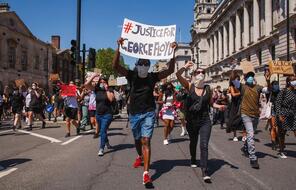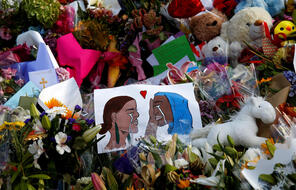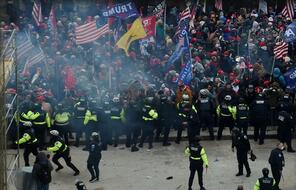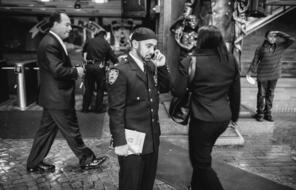Can Dress Codes Exclude People?
At a Glance
Language
English — USSubject
- Civics & Citizenship
- Social Studies
Grade
6–12- Racism
Overview
About This Lesson
In the last few years, dress codes—in schools, workplaces, and sports—have regularly made the headlines. In January 2019, for example, Congress received attention for amending a rule that prevented religious head coverings on the House floor. In August 2018, a girl was sent home from school for wearing braided hair extensions, in violation of her school’s policy. In April 2019, a Houston high school became the latest school to make the news for a controversial dress code, which bans parents from coming to the school in certain attire.
Regulating dress can be necessary to promote health and safety, but at other times, dress codes unfairly target the appearance of certain groups of people. The mini-lesson below is designed to help students explore how dress codes can be biased and what dress standards in schools should be.
Activities
Activities
Materials and Downloads
Resources from Other Organizations
Additional Resources
Resources from Other Organizations
Unlimited Access to Learning. More Added Every Month.
Facing History & Ourselves is designed for educators who want to help students explore identity, think critically, grow emotionally, act ethically, and participate in civic life. It’s hard work, so we’ve developed some go-to professional learning opportunities to help you along the way.
Exploring ELA Text Selection with Julia Torres
On-Demand

Working for Justice, Equity and Civic Agency in Our Schools: A Conversation with Clint Smith
On-Demand

Centering Student Voices to Build Community and Agency
On-Demand


